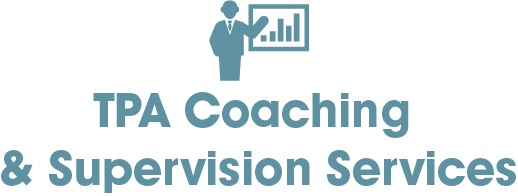Don’t forget the importance of social interaction.
- by Tim Anderson
- •
- 27 Mar, 2020
- •
This article considers two things you might do as a leader to provide practical support to your remote working teams, they are taken from experiences I have shared this week with some of my coaching clients.
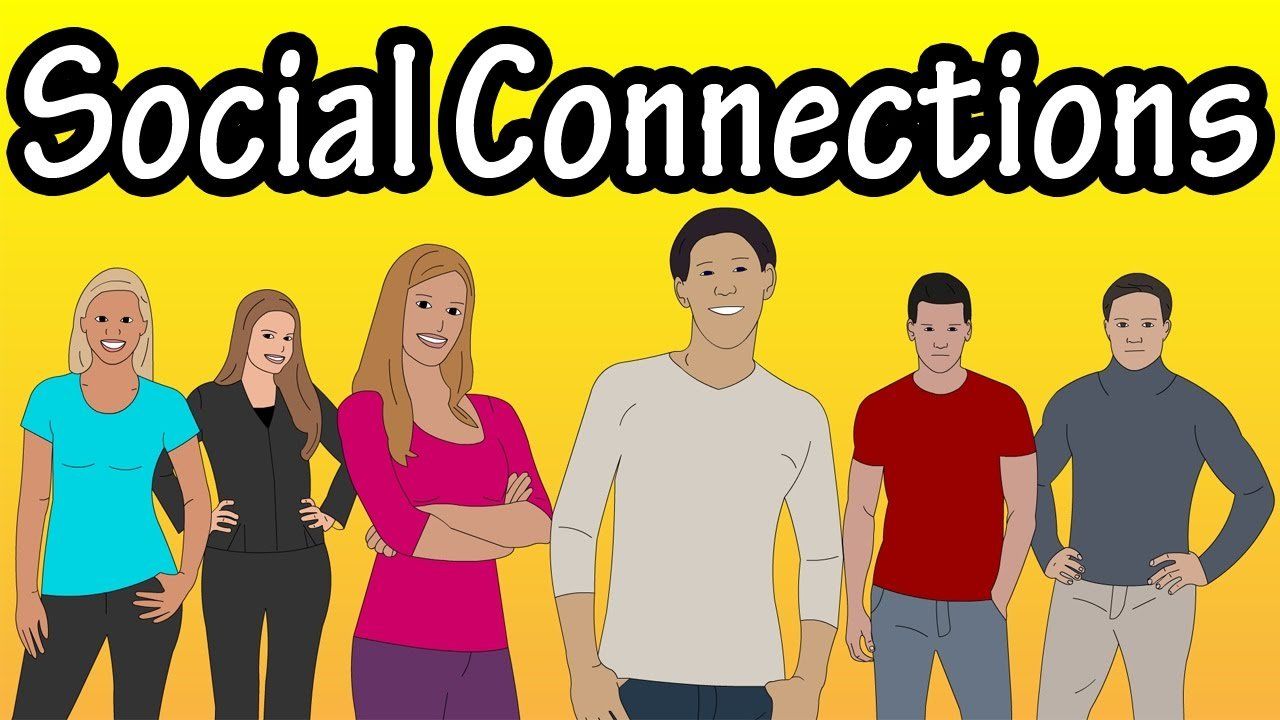
With the effects of Covid-19 really kicking in this week I have continued to be inspired by some of my client’s ability to lead their teams despite everything.
As I write this blog, I have just noticed an announcement from the BBC News web site that almost one quarter of the world’s population are under lock down. That is 7.8 billion human beings. Those that are delivering front line services to support the community are attempting to keep vital services going whilst the rest of us are being asked to stay at home.
A recurring theme for many of my coaching sessions this week has been around keeping staff motivated and engaged as they work from home. I shared in an article on the 20th March how one of my clients had been interacting with her team on-line and I have seen some great advice from blogs, articles and news items for us all to consider when supporting our team engagement and I wanted to share some thoughts on this subject too.
There are two areas I would like to consider which are working remotely and then custom communication.
Working Remotely
When interacting on-line it is important to consider that we are only using two of our five senses, sight and listening, the other three sense (touch, smell and taste) are social senses and will be missing from our on-line interactions.
Much of our social connection and interaction uses the social senses. Touch or kinetics is how we sense and interact with physical things. How do we engage with others? How big is your personal space? How do others encroach our personal space? Our sense of touch works very closely with smell and taste. Smell, preferential sense of the brain, goes directly to the limbic system and has an immediate response to emotion and memory as does taste. We can group those three senses together and class them as our social senses. That's how we engage in the world. That's how we really communicate. A lot of our day to day connections and our human connections are around those three senses, which is interesting when we consider working remotely. If we work digitally, we focus on seeing and hearing and we don't really have that strong sense of connection through our social senses.
How might we build in methods to acknowledge and compensate for this dilution of social interaction?
There are two further senses we might also consider, and they are to do with movement (vestibular and proprioception). It is quite easy when working from home to forget to move around as you might when you work from your office. This is even more of a challenge if we are in lock-down and being asked to stay indoors. I have heard mention that “sitting is the new smoking” and according to The World Health Organisation they have already identified physical inactivity as the fourth biggest killer on the planet, ahead of obesity. So, it is important that we consider the length of time we are working without movement, and it is also important to provide your teams with some guidance in terms of posture as well as working patterns.There is also the mental health issue to consider around styles and preferences of work. Carl Jung, the 20th century psychologist, whose theory of personality types that formed the basis of the Myers Briggs Type Indicator assessment tool (MBTI) suggested we get strength and energy by pursuing our preference of either extroversion or introversion and the lesser strength used too frequently might lead to a lack of energy or even toward stress if not working in balance.
It might be good as a team leader if we can make sure our teams are getting the right balance in their work patterns and that we can feed them work that helps them use the preferences to help keep them in balance and mentally well.
Custom Communication
I would now like to consider where our teams, peers and our social contacts might be as we interact with them. Is the person you are talking to occupying the same mental space that they occupied a week or so ago? This might have been the space where you met your colleague last week or during your past, normal conversations, but I wonder if you are considering how their world has changed over the past few days and where that leaves them emotionally? How can we ensure our leadership style is as effective as it can be and helps evidence empathy and compassion at this testing time?
A one size fits all communication approach has been identified as not great practice if we want to aspire to be great leaders, one of the principles of executive presence is to practice custom fit communication. I believe this is even more important at the current time if we are to be truly effective and display authentic empathy and support to our team members. Let me explain why.
Most of you reading will be familiar with Maslow’s hierarchy of needs.
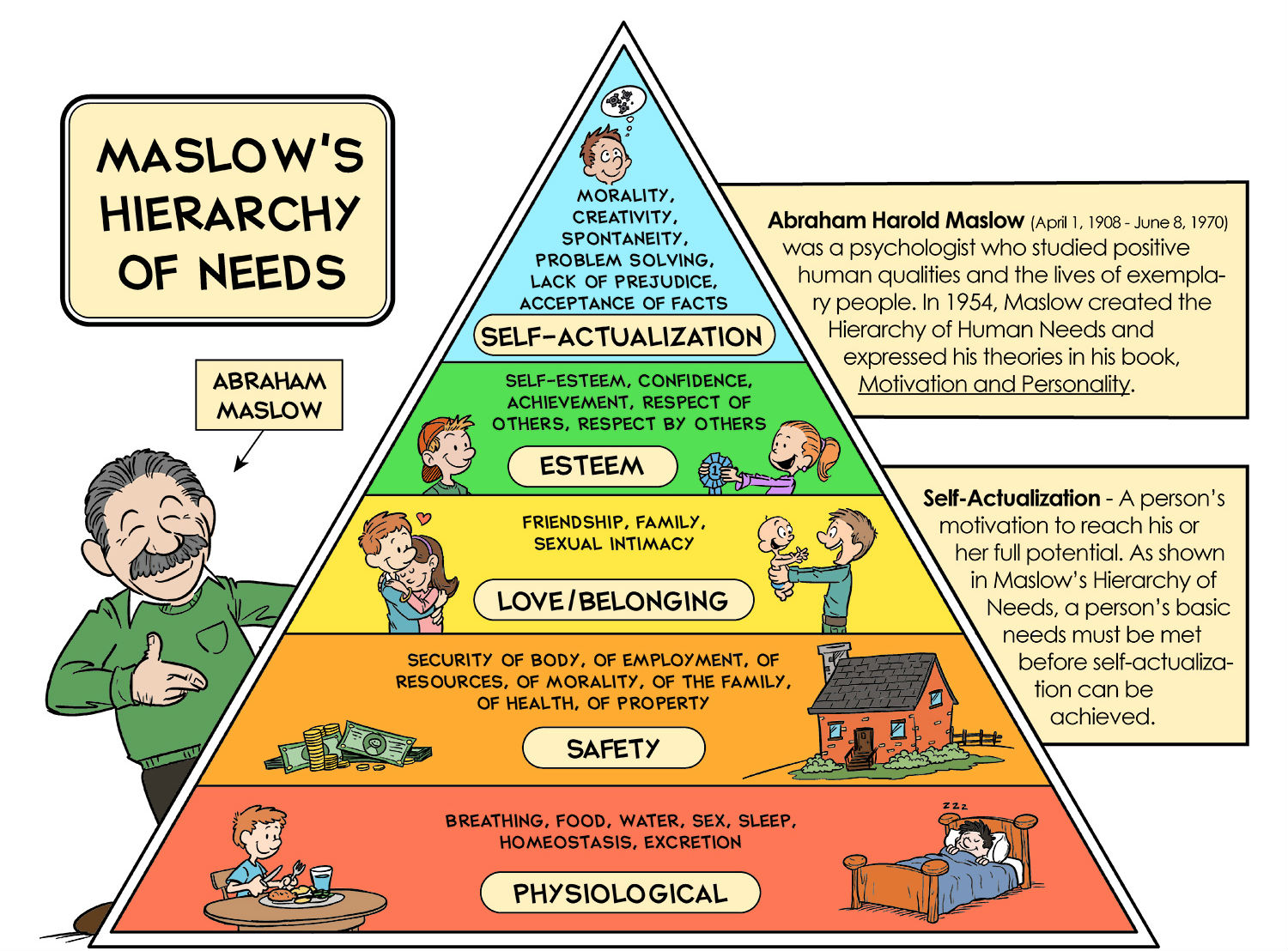
Maslow suggested that we move between the various levels of the pyramid at different phases and stages of our lives. He believed that we needed to satisfy one level before we could progress to the next and that from time to time events might occur which would take us from working at a higher level to a lower level of his pyramid based on the need no longer being met. For example, if someone were operating at esteem level and they suddenly got notification that they were to lose their job, they may drop down to safety level where security became the forefront of their thoughts rather than achievement or respect.
Now, consider that in terms of life now. How many of you were working with your teams at esteem or self-actualization level, where the conversations were around development, stretch assignments, promotion, performance goals or bonuses and incentives? Where might they be today on the pyramid? Are they concerned about safety or even worse, concerned for their own physiological well-being? By being aware of where your individual team members are in terms of their own mental position you can begin to plan how best to interact on an induvial basis.
It might also be of value to help your respective team members understand how this model might be influencing their actions and thoughts currently and that it is OK to think this way, it is natural. We might also want to consider Carl Jung’s theory of balance and preference. If someone is now in safety level and is remorseful or frustrated by no longer being in esteem or self-actualization, how might we be able to help them to have some time and space in the preferred level without feeling ashamed or guilty? It is important that we can still take energy and strength from some of our activities to ensure we are in balance and mentally healthy.
We need to consider both these dynamics as leaders and people with influence and perhaps these two ideas that I have presented can help you support your teams with a more practical approach that can keep your teams physically and mentally fit over the coming weeks or months.
Keep safe and well.
Tim Anderson

In these challenging times I would like to share some thoughts with you why being people focused will have longer term benefits once we move out of lock down and toward more favourable times.
The term of the month seems to be furlough and I understand the need for businesses of all shapes and sizes to take whatever steps they need to take in order to survive however we would urge all organisations that have needed to take these measures not to fall into the trap of “out of sight out of mind”.
Never before have we had an opportunity as business owners and organisational leaders and managers to show that our people focused cultures are indeed what we do and how we act. I wonder how we might meet this challenge.
Taken from an excellent guide from the Chartered Institute of Personnel and Development ( CIPD) to an explanation on the rules and regulations around furloughed workers here we can provide a brief explanation furloughed working regulations.

I wanted to share a coaching session I provided to a client recently who brought to their coaching session a topic on how to support them in an up and coming bi-annual performance review. It was an interesting use of a coaching session and it got me thinking, why do we still carry out performance and staff reviews in methods created in the last century?
Employees the world over have been subject to the annual appraisal for as long as I can remember, I think I attended my first one back in the late 1970’s, I am not sure they have moved on much since then!
Back to my coaching session though. The coachee had suggested we look at areas such as how she could communicate a rich and powerful story that could describe many of the great things she had achieved since her last review and which were not captured by the standard KPI’s that everyone was measured against in the organisation. She wanted to include feedback on the things she had done since she had been promoted late last year, so her manager was aware of her growth. And she wanted to widen the theme, so the conversation did not major on merely what she had done this past month or so.
My client wanted to explore with me how to make less visible things visible; she wanted to include items such as being a team player, being seen as trustworthy by her staff, showing up to work with the best version of herself on offer and how this delivered on her being considerate and respectful of the team members. What she was eluding to was how to get the strengths in soft skills onto the agenda?
All too often the agenda that is set for the review is to meet the needs of the manager and that of the organisation, ticking off an event in the calendar and ensuring that key business drivers are being met. This is fair but also one sided and whilst it might support short term deliverables the business needs, it does not address the team members own career aspirations very well, neither does it address some of the harder challenges facing many organisations today in terms of recruiting, retaining and developing their workforce for the 21st Century challenges they face.
Two or three other areas we considered exploring were around the review process itself and how we might be able to keep key things top of mind continuously and not just at review time. How best to do this?
We considered the difference between performance reviews and development reviews? How can the attendee ensure both performance (an historic measure) and developmental conversations (taking a future perspective) take place within the meeting? We considered how to raise awareness of how the softer challenges were important in terms of reaching the organisational goals.
I was impressed with the approach my coachee had taken to preparing for the forthcoming meeting and that she had considered bringing this topic to coaching, she also mentioned how she had talked with her peers which in turn had added to the depth of information she was using to be able to best plan and approach the meeting. Clearly there was some deep thought from my client around how best to take advantage of the forth coming review. She acknowledged and accepted that the three key areas her company measured would need to be addressed but she wanted this to be a two-way process.
On reflection of the session I considered several things, firstly I wonder how well her manager was preparing for this meeting? I have had several coaching sessions with senior managers who have shared with me that whilst they always intend to approach the annual reviews with a greater level of planning, by the time review season hits, other dynamics have taken preference to the allocated planning time and so they end up with more of the same as last year.
I also considered the power of regular reviews; these are opportunities to learn and plan for both the manager and their employees. I am reminded of Bernard Marr description of why we measure from his fantastic book Managing and Delivering Performance ( p141) where he suggests we measure for three reasons, firstly because we do not trust our team will perform ( pretty negative), secondly because we have to (compliance) or thirdly, because we want to provide rich information that can help us improve. Of course, we all aspire to the third of Marr’s reasons, but I wonder how well we manage the review process as managers and how rich and varied is the quality of the data we use when carrying out such reviews?
It occurred to me too that most organisations offer reviews as a type of snapshot. There is nothing wrong with this in theory, and an annual review is better than no review at all. I noticed my client’s company were carrying out reviews twice a year and I know other organisations where I coach that do so each quarter. Each organisation uses a variety of tools to collect data that can be used during the review such as 360% surveys, performance impact data on internal and external customer satisfaction, team retention. But generally, this data is also provided as a snapshot. And yet, with the advances in technology and data integration it must be feasible to provide accurate and up to date information that each employee can use on a weekly or daily basis to help identify improvement areas. By providing up to date and regular data to our teams we can ensure the performance reviews are not the dominant process, or worse, continue to be the only way we support our employees. By providing data that our teams have regular access to, the employee can take ownership of their own development as part of their regular routine.
With the frightening statistic that 87% of employees worldwide are not engaged at work (Gallup 16) and considering that 50% of all millennials in the workplace are asking for more feedback and further, where many of the workforce in 2020 are working remotely and often with more flexibility with working hours, I wonder what your organisation is doing to support your workforce and helping them to feel included, invested in, ensuring they feel part of the future plans of the organisation and, most importantly, supported in being the best they possibly can within their respective roles?
I am interested to hear from you on processes your organisation is adopting to meet these people challenges, and what technology are you using, or considering using, to help support these challenges going forward.
It would be great to learn more.
And on a final note, one of the frustrating elements to a review is when the team member does not come prepared, here is one amusing example that springs to mind.
https://www.youtube.com/watch?v=IkYUDQCYGHA&t=80s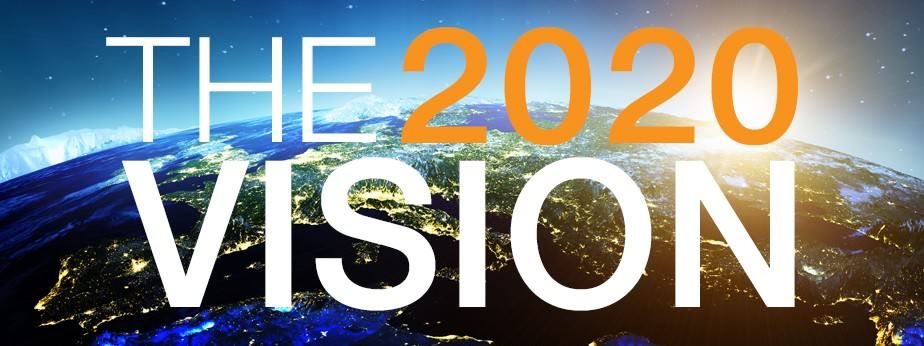
Working as a coach and as a consultant I have been quite amused by the number of organisations that have used “Vision 2020” as a title when launching new strategic initiatives. As we fast approach the end of the decade and reach 2020 I wonder what organisations have achieved in terms of supporting their teams and leaders to deliver on their “2020 visions”?
The time for 2020 vision is fast approaching and is accompanied by challenges such as:
· 87% Of employees worldwide are not engaged with their work (Gallup 2016)
· Leaders are increasingly required to support staff in complex and multicultural environments.
· Senior executives are managing teams that are often working remotely and across time zones.
· Many are managing teams where they do not have direct authority.
· Dispersed workforce's are having to be managed within the lens of cost reduction and reducing the organisations carbon footprint.
· Compliance continues to be a challenge where legislation is produced locally, causing duplication of cost across nations and borders.
· Where the influence of technology is enabling personal values of different culture and generations across the globe to consider life with a different and fresher mindset.
· Where ease of communication and connectivity has invigorated topics such as personal health, well-being and the sustainability of our planet.
· And where wealth creation and imbalance regarding the distribution of such wealth is now far wider than 20 years ago and yet technology continues to make the world smaller and as such leads to tension and dissatisfaction.
So, what is the role of the 21st Century leader? Certainly, the modern leader is no longer required to be the knight on the white charger, fixing all in front of them, but perhaps now is required to be the facilitator of change.
When considering the past, present and the future we need to ask:
How well did we prepare managers and leaders to work in such a VUCA world where change is the norm?
What support mechanisms are delivering the outcomes we NEED to see today?
What initiatives and development methods will support our leaders in contributing to the success of our respective organisations in the future to help meet such challenges?
As we approach a new decade, it might be a great time to stop, reflect and consider what organisations need from their leaders and senior executives.
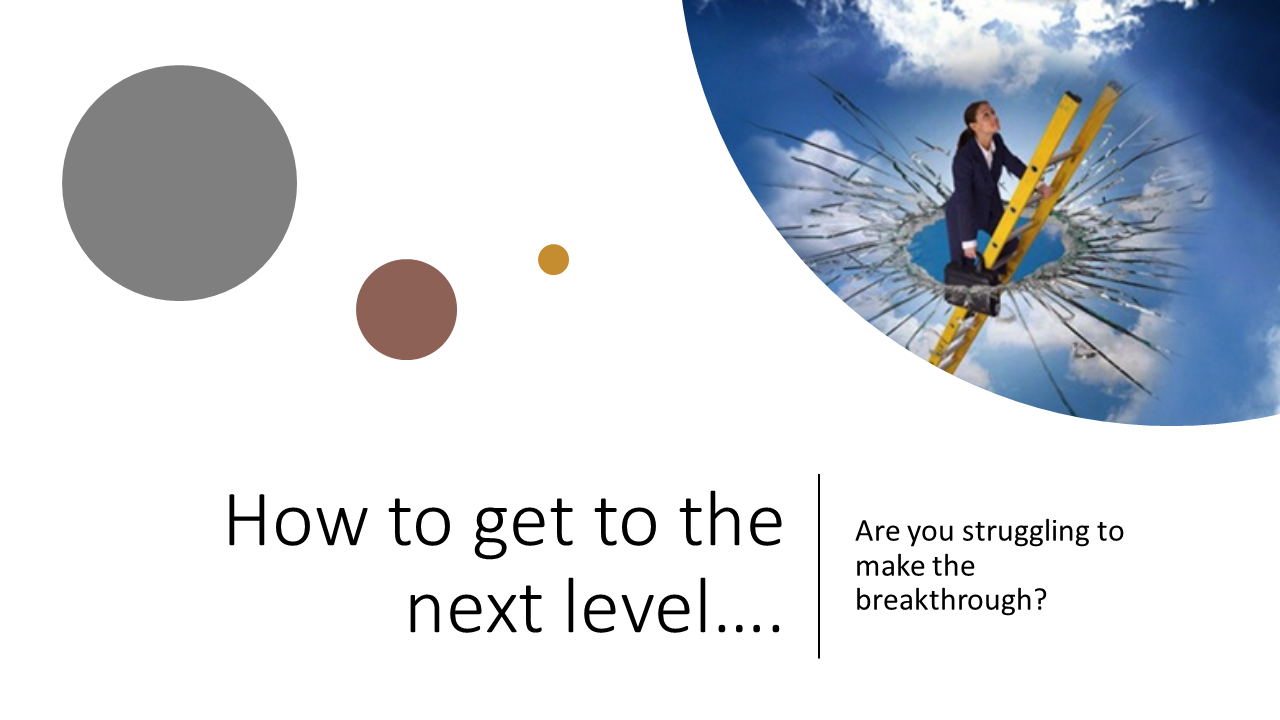
Hitting the glass ceiling, being over-looked for promotion
or perhaps you are just head down and working hard and looking forward to
promotion……. but getting nowhere?
Getting to that next level may not be all about performance, hard effort and working long hours.
According to Harvey J Coleman from his book Empowering Yourself, how well you do your job may have very little to do with how successful you are in your professional career. Coleman suggests that how well you do your prescribed work will account for only about 10% of your overall success.
Coleman suggests that career success is based on the 3 key elements of Performance, Image and Exposure (PIE):

With so much noise surrounding coaching these days it is hard to distinguish between good practice within coaching and mentoring and interventions that are merely responding to a fashionable trend.
Coaching has grown of age over the past 30 years, with many organisations using both internal coaches and mentors, as well as using external experts to deliver outstanding individual results. Yet despite this maturity within the coaching and mentoring area, I still come across pockets of excellence of business coaching that have failed to move from isolated examples into long term and sustainable methods of doing business. The main reason for this I believe is the lack of published and substantiated success of how coaching and mentoring can impact effectively on corporate objectives.
Most coaching and mentoring interventions appear to remain at the 1:1 level. This is not surprising as coaching and mentoring is often provided to support the individual, however the importance of the individual’s development should have a wider impact than on just their own performance and ability.
For coaching to be able to demonstrate how it benefits the greater success of the organisation, we need to consider the knock on affect they have within their role, their department and ultimately on how they contribute to the success of the business.
Professor Peter Hawkins talks about the systemic approach to coaching where a coach considers the wider implication of a clients challenge when supporting in a 1:1 session. This can be illustrated below.
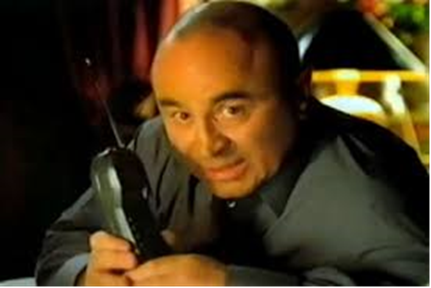
For those of you old enough you may recall the BT adverts of the early 1990’s which featured the late Bob Hoskins where he told the viewer “It’s good to talk”!
But how well do we really communicate, sure we have the corridor conversations with colleagues whilst we are at work. And we have countless meetings with internal and external contacts.

He argues that developing these core traits often requires an executive to drop certain habits and clear the path to concentrate on developing good behaviours
In this last of three articles around increasing executive presence I will consider the impact that Organisational Presence can have on your ability to become a great leader.
Eblin highlights the following areas he feels should be developed by a manger and the areas a great leader should drop in order to thrive on organisational presences:

In the second of three articles around increasing executive presence I will consider Team Presence as an essential core competence.
Eblin considers team presence in terms of team reliance over self-reliance, defining what to do rather than telling how to do it and finally to shift from responsibility for many results toward being accountable for many results and allowing your team to share and prosper in the departments success.
So how can coaching, training and development of you as a leader enable you to develop the correct environment to deliver modern-day leadership services to your team and wider stakeholders.
Within this article I will share my thoughts and experiences around team presence and some of the methods I have been able to use to help executives enhance their ability in this area.
